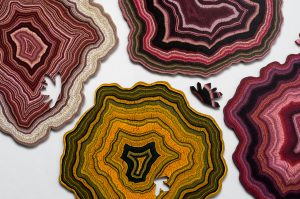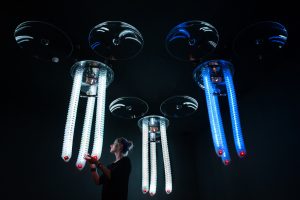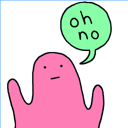

A piece of generative art that inspired me is Geode (2017) by Nervous System, which is a generative jigsaw puzzle influenced by agate stones. I admire Nervous System’s ability to take inspiration from nature and create a beautiful piece of art. In addition, I admire their ability to take something as mundane as a jigsaw puzzle and turn it into something that is more complex and original.
Nervous System created this puzzle with an algorithm called Maze, which intricately laser cuts wood into puzzle pieces based on growing elastic rods. Maze mimics the idea of growing elastic rods within a restricted boundary, which causes the rods to continuously bend and push into each other. Nervous System incorporates artistic sensibilities by mimicking the natural process of agate formation. The designers were sensitive to the natural patterns that agates create as shown through the similarities between the natural process and the computer generated process. Like the real agate, the computer generated agate develops patterns from the outside in.
![[OLD FALL 2018] 15-104 • Introduction to Computing for Creative Practice](../../../../wp-content/uploads/2020/08/stop-banner.png)

